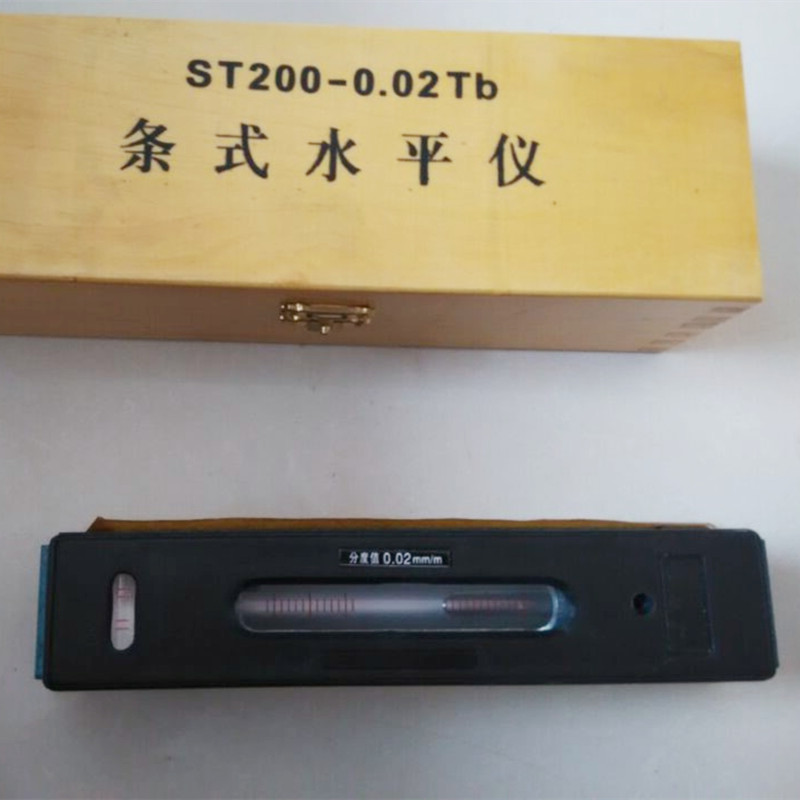Sep . 22, 2024 08:30 Back to list
lift check valve
The Importance of Lift Check Valves in Fluid Systems
Lift check valves play a critical role in various fluid systems, ensuring the efficient and safe passage of liquids and gases. These valves are designed to allow flow in one direction while preventing backflow, thereby protecting equipment and maintaining system integrity. Understanding the function and applications of lift check valves can help in selecting the right valve for specific engineering needs.
What is a Lift Check Valve?
A lift check valve is a type of check valve that utilizes a disc or lift mechanism to regulate flow direction. Unlike swing check valves that pivot on a hinge, lift check valves move vertically, allowing for a more rapid response to changing flow conditions. The valve opens when the upstream pressure exceeds a predetermined level, allowing fluid to pass through. Conversely, when the upstream pressure drops or reverses, the disc is pushed back into the seat, effectively blocking the flow and preventing backflow.
Key Features and Advantages
One of the primary advantages of lift check valves is their ability to operate in high-pressure environments
. Their design minimizes pressure drop and turbulence in the flow path, which is crucial in systems where maintaining pressure is essential for performance. Additionally, lift check valves can handle a variety of fluids, including water, oil, and chemicals, making them versatile components in many applications.lift check valve

Furthermore, lift check valves require minimal maintenance due to their straightforward design. This is particularly beneficial for industrial applications where downtime can lead to significant losses. Their durability, often made from robust materials like stainless steel or brass, ensures they withstand harsh operating conditions.
Applications
Lift check valves are widely used in various industries. In water supply systems, they ensure that water flows in the correct direction, protecting pumps and equipment from potential damage caused by backflow. In HVAC systems, they play a vital role in maintaining the efficiency of fluid transport. Additionally, in oil and gas applications, lift check valves prevent backflow that could pose risks to both safety and equipment integrity.
In power generation, these valves are essential to controlling the flow of steam and other fluids, thus ensuring optimal operation of turbines and other machinery. The chemical industry also benefits from lift check valves, which can handle corrosive substances without compromising the system’s functionality.
Conclusion
In summary, lift check valves are indispensable components in many fluid systems due to their effective backflow prevention and ability to operate under high pressure. Their simple yet efficient design, coupled with minimal maintenance requirements, makes them a reliable choice for both industrial and domestic applications. Understanding the functioning and advantages of lift check valves is essential for engineers and technicians involved in designing and maintaining fluid systems. As industries continue to evolve, the role of these valves remains critical in ensuring smooth and safe operations across diverse applications.
-
Why Metric Trapezoidal Thread is Ideal for Precision Motion ControlNewsAug.05,2025
-
The Unique Properties of a Block of Granite for Industrial UseNewsAug.05,2025
-
The Role of Flanged Y Strainers in Preventing Pipeline ClogsNewsAug.05,2025
-
The Importance of Regular Calibration for Master Ring GagesNewsAug.05,2025
-
How a Cast Iron Surface Table Enhances Accuracy in ManufacturingNewsAug.05,2025
-
Comparing Different Check Valve Types for Optimal Flow ControlNewsAug.05,2025
Related PRODUCTS









